.jpg)
About Waterproofing and Leak Detection
Waterproofing and leak detection are crucial processes for maintaining the structural integrity and safety of buildings. Water leaks can cause extensive damage to properties, leading to costly repairs and potential health hazards. It is essential to address leaks promptly and efficiently to minimize any long-term consequences. This comprehensive guide explores various aspects of waterproofing and leak detection, including common types of leaks, detection methods, and the importance of early detection.
Types of Leaks
Leak detection encompasses various types of leaks that can occur in residential, commercial, and industrial settings. Some of the most common types include:
- Water Leak Detection: Identifying leaks in plumbing systems, appliances, and infrastructure.
- Pipe Leak Detection: Locating leaks in pipes, including water supply lines and sewage systems.
- Plumbing Leak Detection: Detecting leaks in plumbing fixtures, such as faucets, toilets, and showers.
- Gas Leak Detection: Identifying leaks in gas lines and systems to prevent potential hazards.
- Roof Leak Detection: Locating and fixing leaks in roofing systems to prevent water damage.
- Underground Leak Detection: Identifying leaks in underground pipes, cables, and utility lines.
- Pool Leak Detection: Detecting and repairing leaks in swimming pools and associated plumbing.
- Slab Leak Detection: Locating leaks occurring beneath concrete slabs, such as flooring or foundation.
- Electronic Leak Detection: Using specialized equipment to locate leaks through electrical conductivity.
- Thermal Leak Detection: Identifying temperature variations that indicate potential leaks.
Detection Methods
Leak detection methods have evolved to provide accurate and efficient identification of leaks. Professionals use a combination of traditional and advanced techniques to detect leaks, including:
- Visual Inspection: Physically inspecting areas prone to leaks and looking for visual signs of water damage.
- Pressure Testing: Applying pressure to plumbing or gas systems to identify potential leaks through pressure drops.
- Meter Testing: Monitoring water or gas meters for unexpected usage or fluctuations, indicating possible leaks.
- Infrared Imaging: Using thermal cameras to detect temperature anomalies caused by water leaks.
- Acoustic Monitoring: Listening for abnormal sounds, such as hissing or dripping, to identify potential leaks.
- Tracer Gases: Introducing inert gases into systems and using specialized equipment to detect their presence, indicating leaks.
- Moisture Detection: Utilizing moisture sensors or meters to identify areas with increased moisture levels, possibly indicating leaks.
- Electronic Sensors: Installing electronic sensors in vulnerable areas to detect water or gas presence.
.jpg)
The Importance of Early Detection
Early detection of leaks is critical to preventing further damage and minimizing repair costs. Some of the reasons why early detection is vital include:
- Preventing Structural Damage: Water leaks can weaken structural components, leading to compromised integrity and safety hazards.
- Mitigating Mold and Mildew Growth: Persistent moisture from leaks can promote mold and mildew growth, impacting indoor air quality and causing health issues.
- Reducing Water and Energy Waste: Leaks contribute to water and energy waste, leading to increased utility bills and environmental impact.
- Preserving Property Value: Promptly addressing leaks helps maintain property value and prevents financial losses in the long run.
- Promoting Safety: Gas leaks, in particular, pose significant safety risks, including fire hazards and potential explosions.
Conclusion
Waterproofing and leak detection are essential processes for maintaining the structural integrity and safety of buildings. Early detection of leaks is crucial to preventing further damage and minimizing repair costs. By understanding the different types of leaks, detection methods, and the importance of early detection, property owners can effectively address leaks and protect their investments.
What are the consequences of ignoring water leaks?
How can I detect a hidden water leak?
For more information about waterproofing and leak detection services, visit the Service Water Restoration Pros website.



